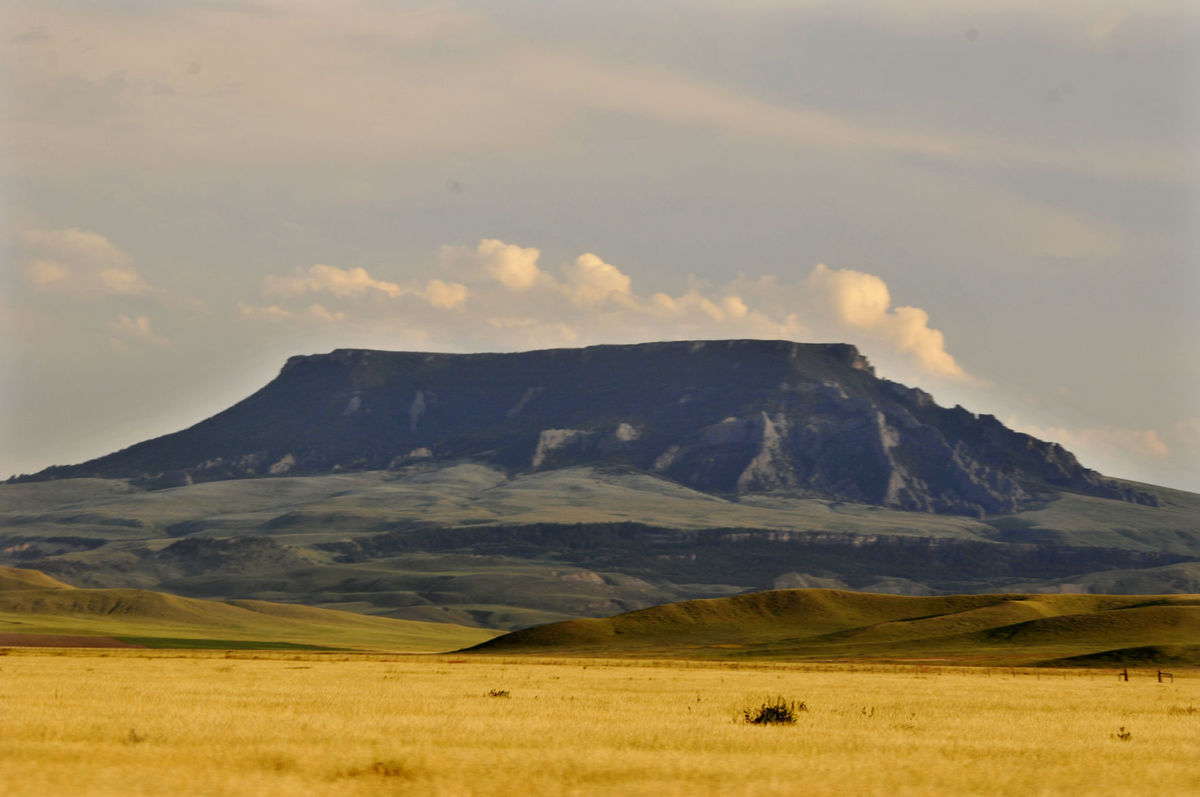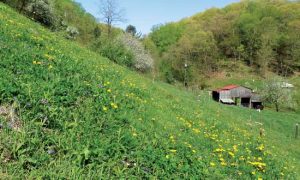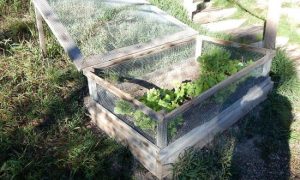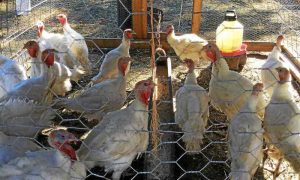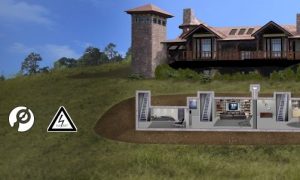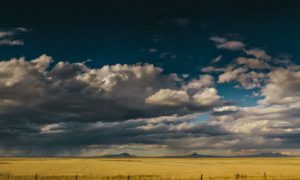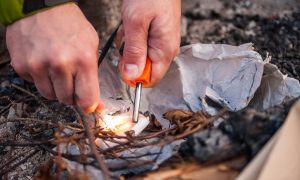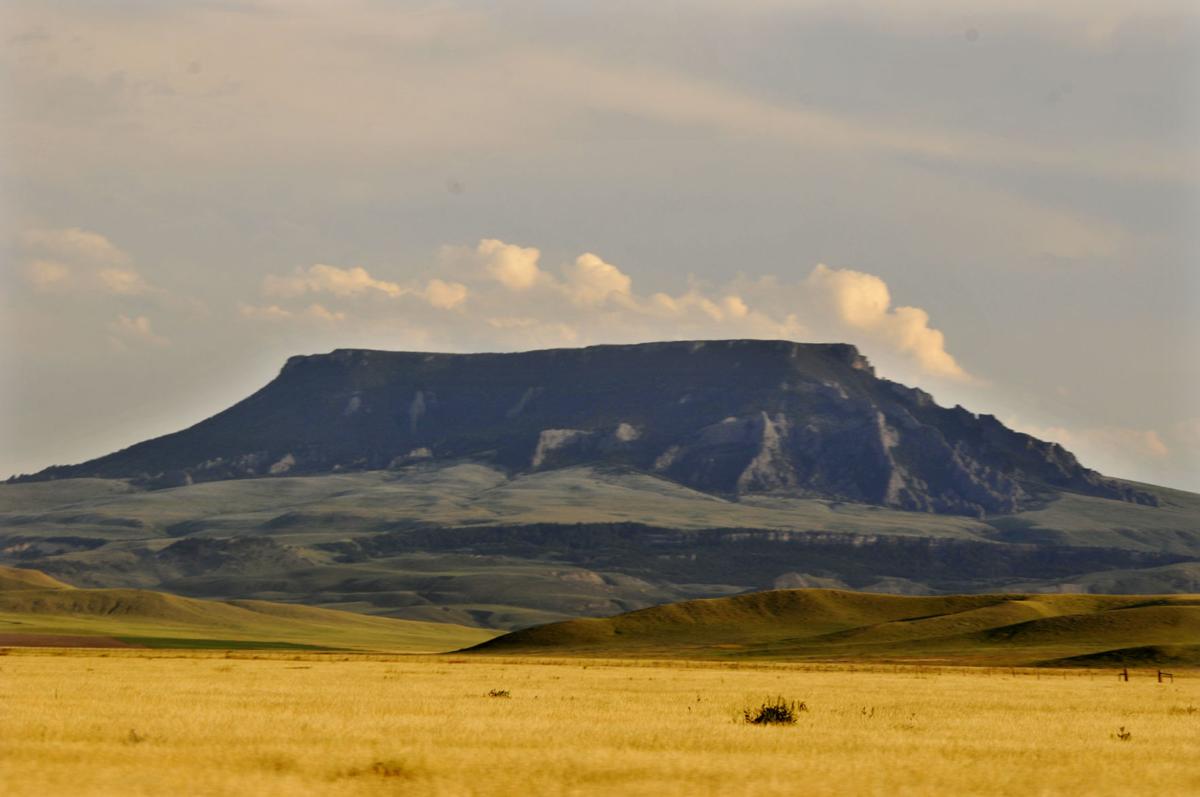
GERALDINE – It might have been the legislation of that year that did it – the Enlarged Homestead Act of 1909 that also enlarged men’s view of the West.
It meant a homesteader could now file on 320 acres instead of 160, as the original Homestead Act of 1862 allowed. It made entrepreneurs look twice at a plain country like Montana, where dryland farming was the phrase on everyone’s tongue.
And if you were stuck in a college that year, 1909, it made you fret and fume about who else was looking – who else might already be filing on the land that was out there waiting for you out there beyond the western horizon. That’s why Benjamin “B.W.” Armstrong of Hawarden, Iowa, didn’t go back to the Iowa State College of Agriculture & Mechanic Arts in Ames that fall. He bought a train ticket instead.
He had already learned plenty in his incomplete Iowa State education – how to play with tools; how to play with words. He sat in the carriage as the engine chuffed across Iowa and Dakota and started to write what was, it seems now, the beginning of his family’s Montana story. Hank Armstrong of Geraldine, Montana, at 89, still has that leatherbound diary that records his father’s journey.
October 19, 1909 – Left Hawarden one hr. late in company with B.F. Hill, Guy Venard, Elmer Leafstedt and an unknown chap. Amid the bustle and confusion of the departure, the soft wee voice of conscience spoke up, saying, “Are you right in going?” And of course I got no answer from the faces of the solicitous parents and friends gathered to see us off.
On our way once more we experienced a sensation undoubtedly felt by those genus porcinus when they are driven into rather close, unclean quarters such as stock is shipped in. The old arks that served the purpose of cars were packed full of people leaving the registration office and others going to Lemmon and western points. Pleasantry was abandoned.
Soon they were beyond Lemmon, South Dakota: Daylight revealed to our land-hungry eyes one of the most damnable forsaken stretches of unbounded loneliness in the shape of flat prairie that the gaze of a good Iowa Farmer ever beheld. To speak of this country as a reservation means perhaps that the indicated country has been preserved for the Indian. In fact, this is correct, but my interpretation of the term is that it means a setting apart of an area of country that is to serve the purpose of forever discouraging homesteaders of taking claims and to contain as large an amount of emptiness in its entirety, alkali in its purity and sage brush in its beauty as the comprehensive capacity of any normal person can accommodate. In short we saw a strange new sight that deepened our respect for ‘Old Iowa.’
Passing through North Dakota he finds the experience not much different: As we passed on from Lemmon through the border of N. Dak. to the Montana line we wondered how strong the motive must be that would draw people from the land of comfort and scatter them to live in such soul-sickening solitude as certainly reigned over those homely cabins we saw … We were crossing the bad lands, from all external appearances and indications the qualifying adjective should have been advanced to the superlative degree and then I doubt if the expression would be entirely inclusive. The land was positively awful and yet the picturesque beauty of the formations and stratifications was grand. Many of the hills were beautifully tinged with red.
It was hard for us to believe that such a rough country would ever be fortunate and still harder to entertain the hopes of seeing a beautiful farming country for we were more than a little discouraged. Had we been as credulous as nature meant we should be I am sure the land agents would certainly have placed sufficient assurance before us in the shape of confidential talks and testimonial advertisements, for we were besieged at every turn by columns and squads of these obliging gentlemen with enormous propensity for graft.
B.W. Armstrong made photographs with a camera he had made at Iowa State. He photographed his Montana plowing and reaping. On one photo, an image of a team of horses pulling a binder, he wrote, Rambling Thru The Flax – as though homesteading Montana were just a pleasant excursion. He made interior photographs of his dining area and the sitting room in the house, both dated 1911. B.W. Armstrong made photos of his father, Henry, at the wheel of a 1915 Avery gas tractor while his mother, Sadie, stands on the disc to help weigh it down.
Click here to view original web page at ravallirepublic.com

